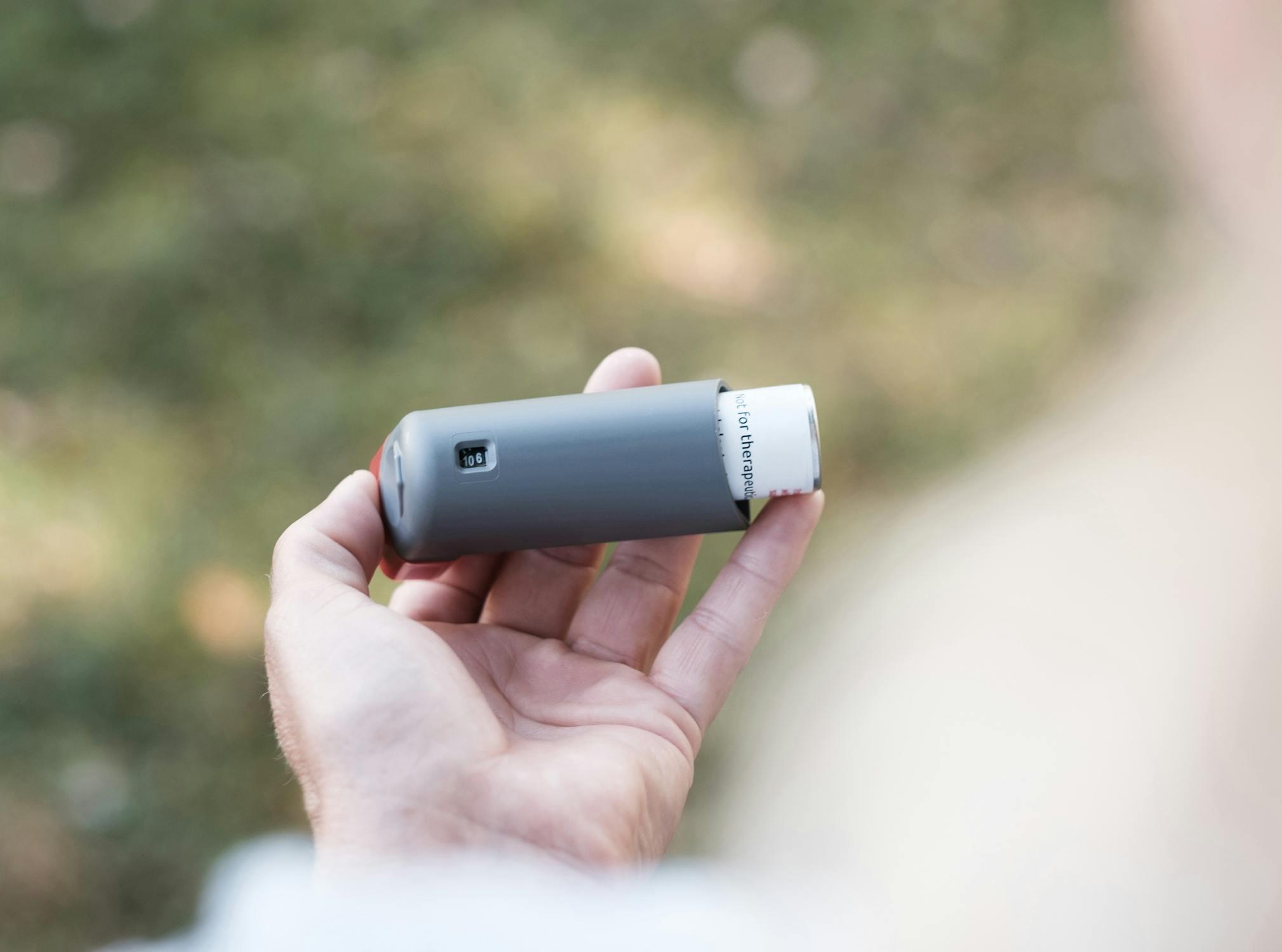An apple a day keeps the doctor away, they say. But for the many people dealing with Oral Allergy Syndrome (OAS), that apple might send them to an actual doctor’s office. Studies have shown that between 40 – 70% of people who suffer from pollen allergies also experience an oral allergy reaction. Oral Allergy Syndrome is a mild allergic reaction that happens when the body’s immune system confuses certain proteins found in raw fruits, vegetables, or nuts with pollen allergies.
Swelling of the mouth, lips, and tongue is one of the common symptoms of oral allergy syndrome, which is mostly confused with food intolerance. The difference between the both of them is that food intolerance is associated with the digestive system, while oral allergy syndrome is associated with the immune system.

Diagnosis of Oral Allergy Syndrome
For a diagnosis, the doctor will ask you about your symptoms, like what you eat when they happen, and how long the symptoms last. OAS is often linked with pollen allergies, so the doctors will check to see if you have that as well. For example, if your throat gets itchy after eating apples and you are allergic to birch pollen, that could be a clue that you have oral allergy syndrome.
But that’s just a clue. The doctors need to confirm through other tests to make sure that you have this disease before a proper diagnosis can be passed. For further tests, you might get a skin prick test or a blood test. This test checks how your immune system reacts to different allergens, including pollen and common OAS trigger foods like apples, watermelons, cantaloupes, vegetables, etc.
Treatment of Oral Allergy Syndrome
Avoid trigger foods: One of the easiest ways to avoid the symptoms of OAS is by not eating foods that set them off in the first place. For example, if raw carrots make your mouth itch, try skipping them or cooking them. Cooking the carrots can help break down the protein content and cut down on the reaction.
Over-the-counter medication: There are over-the-counter medications such as antihistamines (Benadryl or Claritin), which helps to reduce mild symptoms like itching or swelling after you eat a trigger.
Prescription medication:Some people’s oral allergic syndromes are worse than others. If your symptoms are more intense, the doctor might prescribe stronger allergy medications to help you control the reaction.
Emergency treatment: Emergency treatment for OAS is rare, but the condition can lead to severe reactions like difficulty in breathing. In such cases, carrying an Epinephrine injection like an EpiPen would be necessary.
How Can You Prevent Oral Allergy Syndrome From Happening?
Firstly, you need to know which foods cause your symptoms. Once you know the foods that cause the symptoms, it’s easier to avoid them. Another thing you can do is always check food labels when buying groceries from the stores or supermarkets. You can check packaged snacks, salads or food items for the ingredients you are allergic to. This stops you from accidentally eating something that might cause a trigger. Fortunately, heat can break down the proteins that cause OAS reactions. So instead of eating raw fruits or vegetables, try cooking, steaming, or boiling them. This works well for foods like carrots, tomatoes, or zucchini.
Bottom Line
Oral Allergy Syndrome (OAS) is more common than most people realize, particularly among those who are allergic to pollen. While it may appear to be a simple food intolerance, OAS is actually an immune system reaction that mimics pollen allergies. With correct diagnosis and management; such as avoiding trigger foods, using medications, or heating raw produce; you can reduce its impact and safely enjoy a wide range of foods.

















